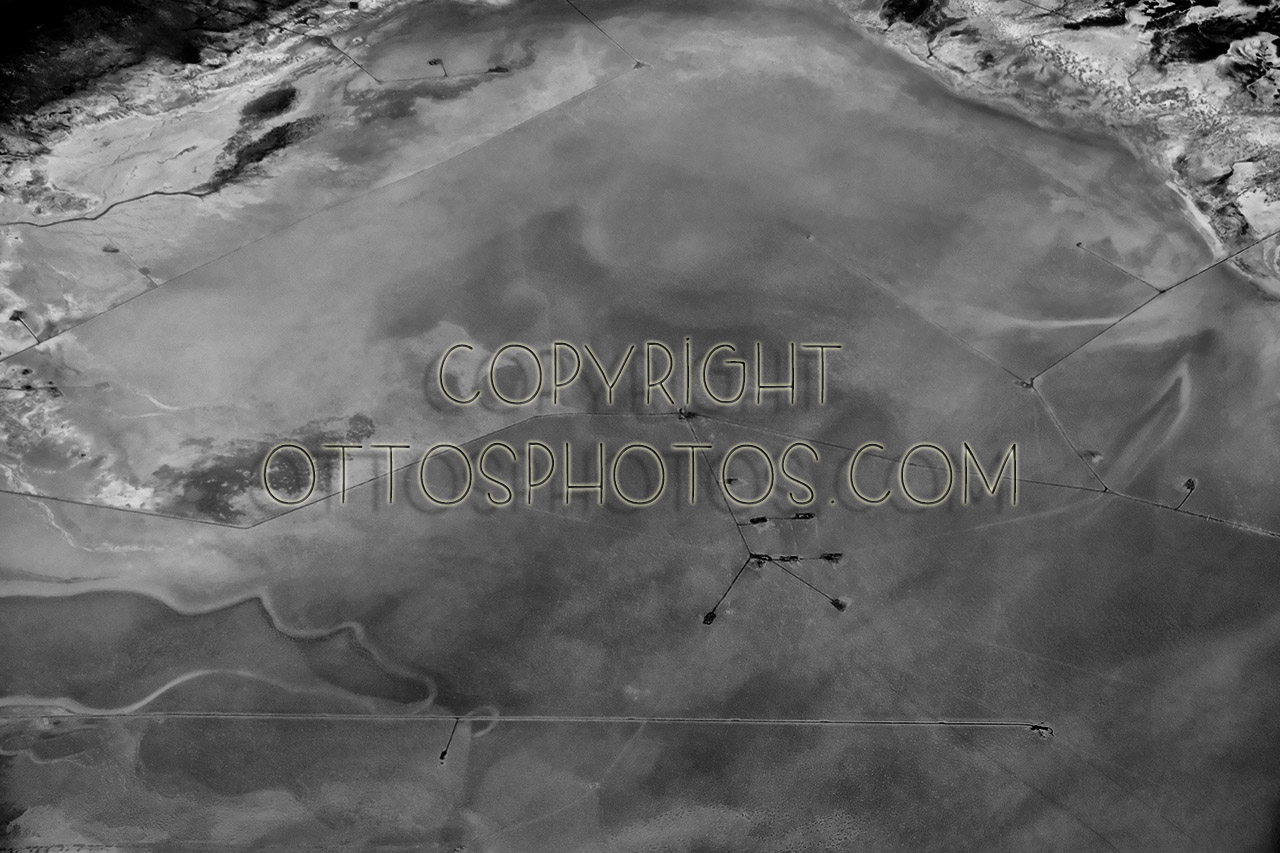Fujifilm has been a part of my shooting history for a long time. My first film SLR was a
Fujica ST-605n, in all its match needle glory. That was followed by an
AX-5, the poor man's Canon A1. I loved the multiple exposure modes of that body, and its small, 1980's modern design (despite what Fuji says, I don't see the resemblance in the X-T10). I only had two lenses (the kit 55mm and a 200mm), but managed to take some good photos with it. I also preferred the warmer skin tones of Fuji for color negative film over Kodak film (they haven't aged well though, losing the blue channel on my older strips).
My first digital camera was a
Fujifilm MX-1700. A compact camera with a huge 1.5MP of resolution, it served me for a little while, but at its heart it was a p&s. My next p&s was a
Fujifilm F45fd, gifted with a sensor that had decent high ISO capabilities for a p&s. I considered some of the Nikon-bodied Fuji DSLRs, but their higher price and weaker specs made them a poor choice.
But now with the X-trans bodies, it's time to go back home. I whetted my taste for a smaller system with the V1, and got good pictures out of it. Its poor high ISO IQ and limited lenses (where is that 35mm-equivalent lens, Nikon?) made me look at Fuji's X system, with its 16MP X-trans sensor. Scouring craiglist, and doing some negotiation, snagged me an X-E1 body, an 18-55mm kit lens, and 27mm prime for a small amount of money.
The body and lenses are bigger and heavier than my V1 kit, but a lot smaller than the D3 and FX lenses. The battery doesn't last that long because of the EVF, akin to the V1 experience. The lenses mount in the opposite direction to a Nikon F-mount or CX mount.
There's quite a learning curve with the X-E1. The UI isn't as familiar or developed as that of Nikon. For example, you can only zoom in if the focus mode is set to MF, even if the body knows it doesn't have an AF lens connected. There's no mode to allow the rear LCD to come on for menu use yet restrict shooting to the viewfinder. The 27mm doesn't have an aperture ring, so you have to use the command dial to set the aperture (similar to a Nikon DSLR). The 18-55mm on the other hand has an aperture ring, which threw me off one day as I tried to set the aperture using the command dial. The aperture ring is also very loose and electronic with no fixed click stops, requiring constant verification that the aperture hasn't moved by accident.
Being part of the original X-trans bodies, AF on the X-E1 is a leisurely affair. It is faster than I expected it to be, but it's still a slug compared to Nikon's 1-series, let alone a D3. Native lenses are a bit on the expensive side, even used ones due to the young age of the system. The lenses I have are very good though, and haven't disappointed (although the 27mm needs a hood, something Fuji hasn't released).
The image quality is also very good. High ISO results are up there with the D3200 and D5200 that I've used recently. Colors are on the vibrant side. I haven't played too much with the film simulations; something to do in the future. Out of camera JPGs are excellent, sometimes better than what I get from converting RAW files using ACR. There's a little grittiness to converted images that I have yet to figure out.
The fun part with the X-E1 is using older lenses. Switching to MF with an EVF requires you to slow down and focus. It's not the run and gun camera like the V1 and D3; it's a throwback to my film days. Not always a good thing, but not always a bad thing either. So far I have an F-mount, an M42, and an X-Fujinon adapter. There's a bit of play with all the adapters I've bought, and my 55mm f/1.2 will only go on the F-mount adapter with a lot of force. I almost bought a Metabones Speed Booster, but after thinking it over, I'm better saving up for the Fujinon 23mm instead of adapting my Nikon 35mm without AF.
I would love to have the Fujinon 23mm f/1.4 lens for general shooting, but at this point in time it's a bit too expensive. Down the road I can see myself upgrading to an X-T1 or X-E2 for the faster AF, but for now I can make do with slow AF.
Additional nits to pick:
1. The lens release button is too small and too close to the lens mount. I have small fingers, and I still have to use two hands to release the lens, unlike with my Nikon bodies. Not very convenient for lens switching.
2. The viewfinder is all the way off to the left, another thing to get used to.
3. I haven't found much of a use for the shutter speed dial; Nikon's command and control dials make switching aperture and shutter so much easier without having to look away from the viewfinder (in fairness the X-T1 has two dials).
4. The battery door is hinged on the wrong side and makes it difficult to remove the SD card (again, despite my small fingers).
Overall, I am enjoying the X-E1, and am looking forward to getting the most out of it. It's been a long time, but it's great to be back.




































































